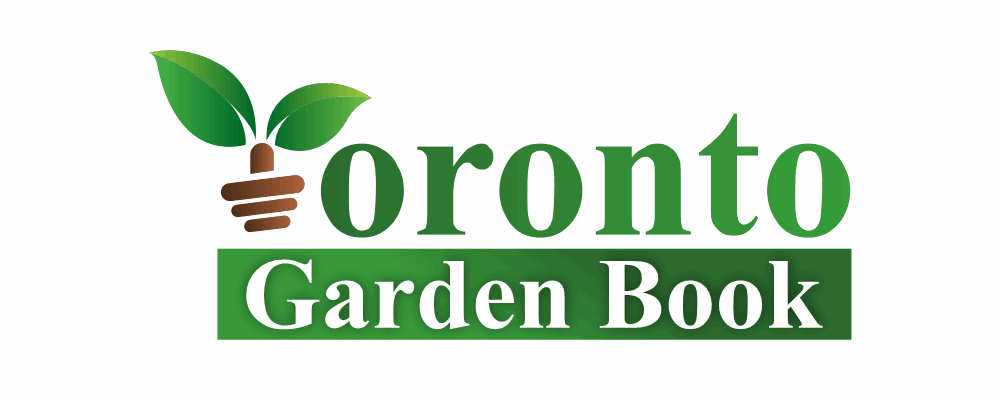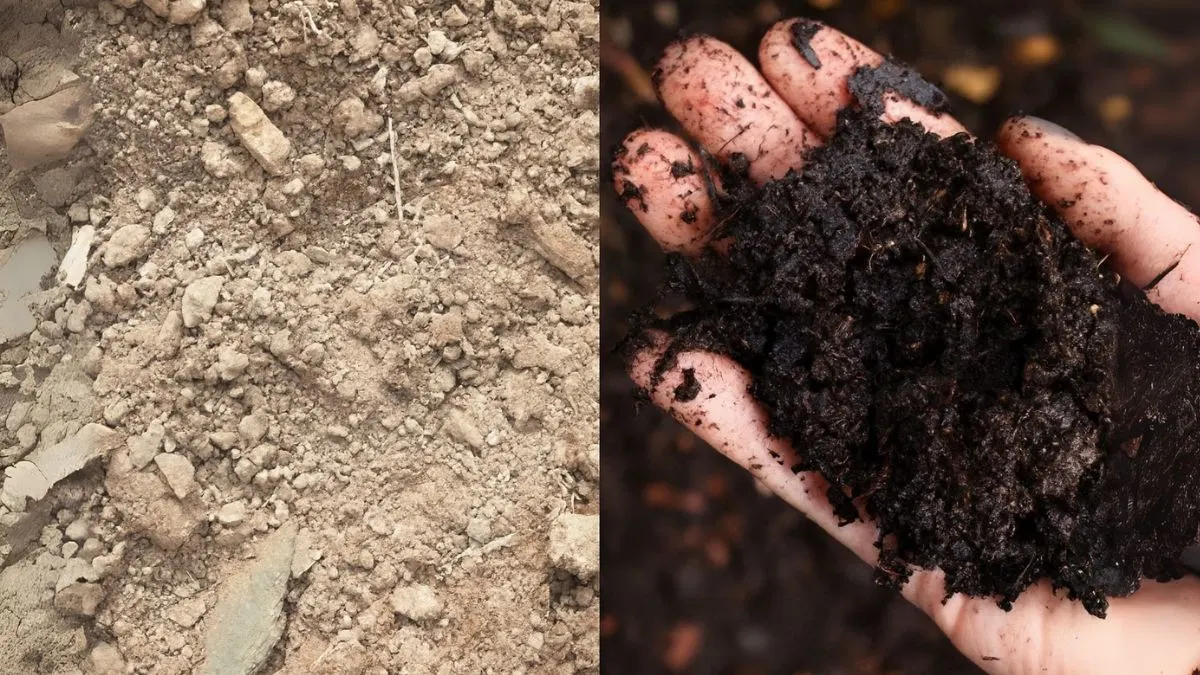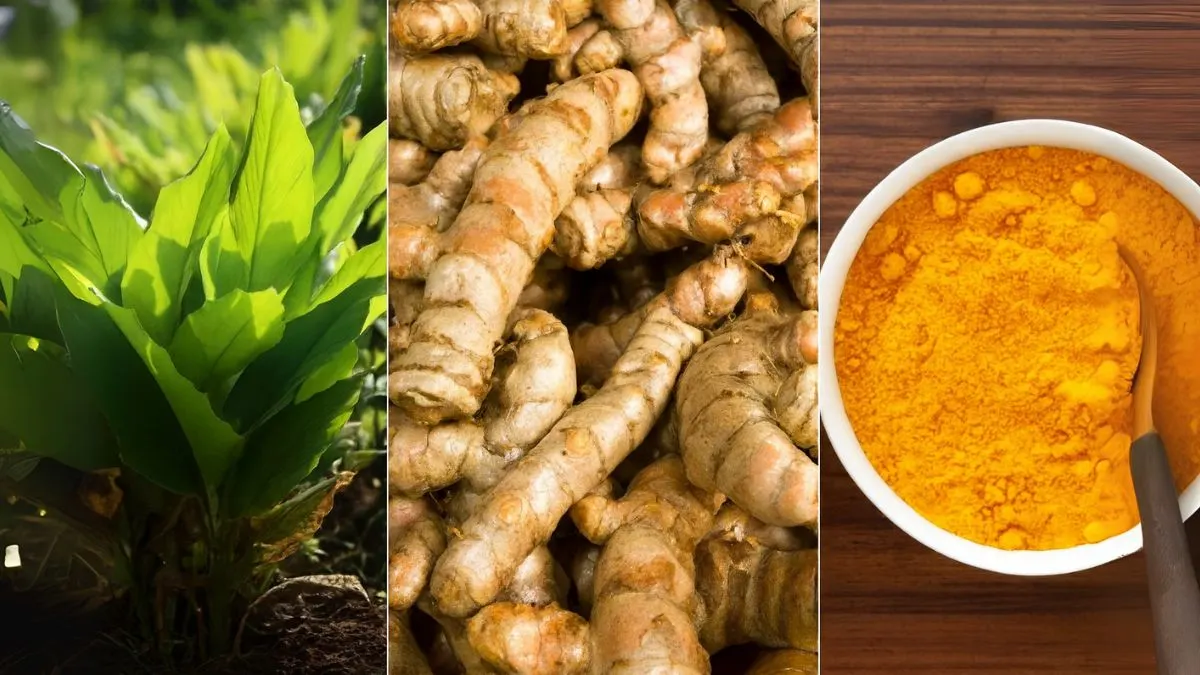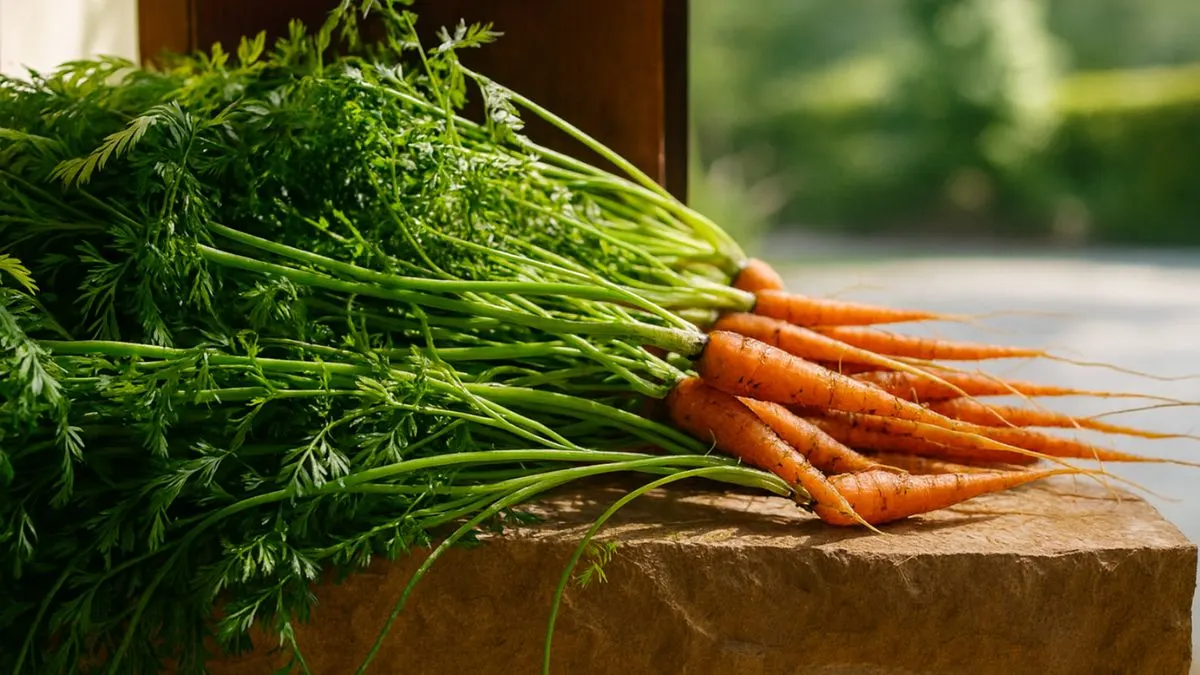Basil isn’t just an herb; it’s a summer essential. Whether you’re tossing it into pasta, blending it into pesto, or adding fresh leaves to a salad, having a pot of basil within arm’s reach can elevate any meal. The best part? You don’t need a sprawling garden — a single pot or raised bed can keep you supplied all season long.
Over the years, I’ve grown basil on sunny balconies, in kitchen windows, and even in small backyard beds. With the right care, this aromatic herb grows lush and full, rewarding you with leaves that taste like sunshine.
Step 1: Choose the Right Pot and Location
If you want big, healthy plants, start by selecting a pot at least 10–12 inches deep. Drainage holes are non-negotiable. Remember, basil thrives in well-drained soil with a natural pH level, ideally between 6.0 and 7.5. Poor drainage can lead to root rot, which will quickly kill your plant.
Place your pot somewhere it can receive six to eight hours of direct sunlight daily. Basil loves warmth and light. In cooler regions like Canada, placing your pot against a south-facing wall can give it a boost.
Step 2: Start with Healthy Cuttings or Seeds
You can grow basil from seed, but if you want faster results, cuttings are the way to go. When using cuttings, choose just about 4 inches of a stalk with just about 4 leaves on top. This ensures the cutting has enough leaf surface to photosynthesize without putting too much strain on an undeveloped root system.
Fill your prep starter pots with high-quality potting mix before planting the cuttings. Keep the soil moist but never soggy.

Step 3: Use Companion Planting for Better Growth
One of my favorite gardening hacks is to plant them next to tomatoes. Not only does this save space, but the pairing benefits both plants. Basil helps repel pests like aphids and whiteflies, while tomatoes provide partial shade during the hottest part of the day.
In my own garden, the basil-tomato combo has consistently produced bigger leaves and richer flavor than when I grow basil alone.
Also Read: The Surprising Science Behind Burning Bay Leaves for Calm & Focus
Step 4: Soil, Water, and Feeding
Healthy soil is the foundation of thriving basil. Always start with good soil rich in organic matter. Mix in compost before planting, and add a slow-release organic fertilizer every 4–6 weeks.
Basil likes evenly moist soil — not too wet, not too dry. Water at the base to keep the leaves dry, which reduces the risk of fungal disease. In raised beds, you can grow a ton of basil in just one small or medium sized raised bed container if you space plants about 10 inches apart.
Step 5: Pruning for Bushier Plants
The key to big basil harvests is regular pruning. Pinch off the top set of leaves once your plant has at least six sets. This encourages side shoots, making the plant bushier and more productive.
If you let basil flower, the leaves can turn bitter. So, keep an eye out for buds and snip them off immediately.
Quick Basil Care Table
| Requirement | Recommendation |
| Sunlight | Six to eight hours of direct sunlight |
| Soil | Basil thrives in well-drained soil with a natural pH level |
| Companion Plant | Plant them next to tomatoes |
| Cuttings | Just about 4 inches of a stalk with just about 4 leaves on top |
| Container Size | Small or medium sized raised bed container |
| Starter Method | Prep starter pots |
Common Mistakes to Avoid
- Overwatering: Leads to root rot.
- Too Little Sunlight: Results in leggy plants with fewer leaves.
- Skipping Pruning: Causes the plant to flower too soon and produce bitter leaves.
Also Read: Nature’s Sleeping Pills: 10 Plants That Calm Your Mind at Night
Harvesting Your Basil
Always harvest in the morning when the oils are most concentrated. Take leaves from the top to encourage fresh growth. With proper care, you can enjoy multiple harvests all summer — even into early fall in milder climates.
Growing basil in a pot is one of the most rewarding gardening projects. From prep starter pots to giving your plants six to eight hours of direct sunlight, every step matters. Remember that basil thrives in well-drained soil with a natural pH level, and pairing it with tomatoes can take your harvest to the next level. Whether you’re using just about 4 inches of a stalk with just about 4 leaves on top or starting from seed, you can easily grow a ton of basil in just one small or medium sized raised bed container and enjoy fresh, fragrant leaves all season long.



